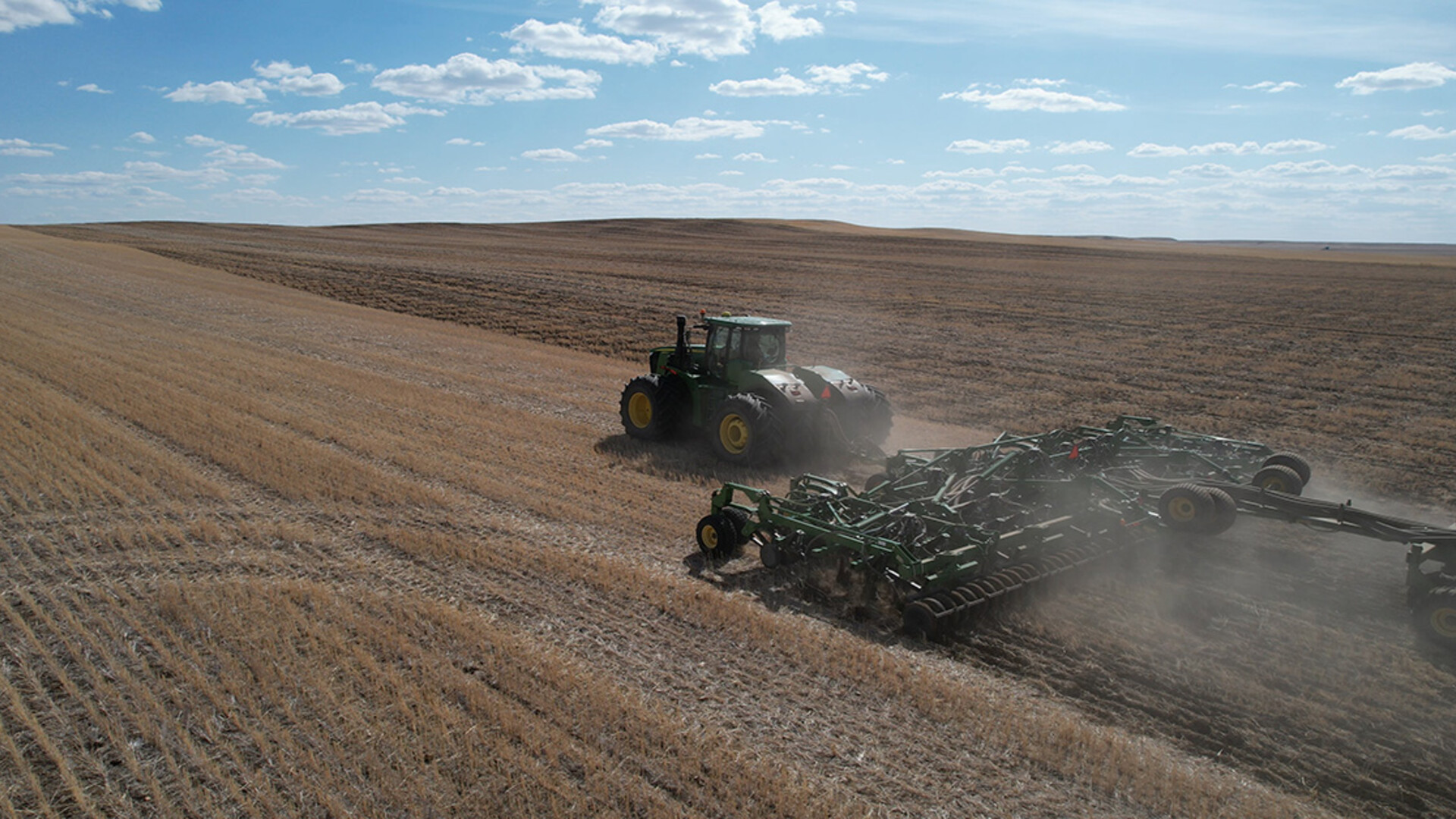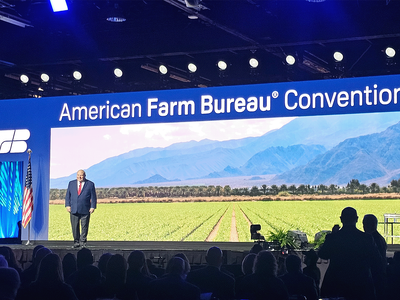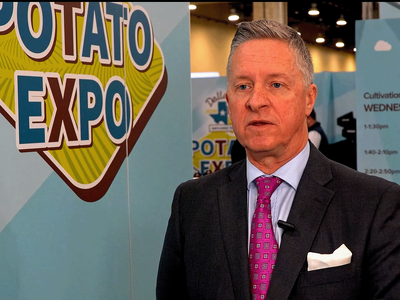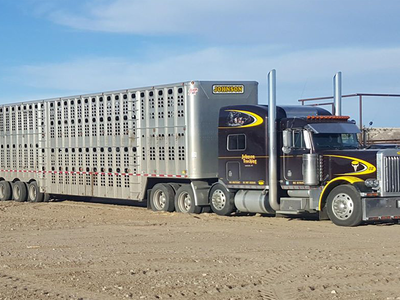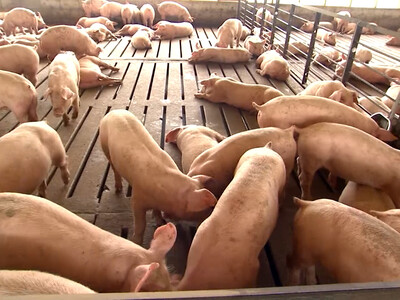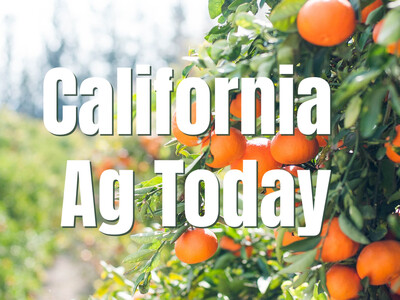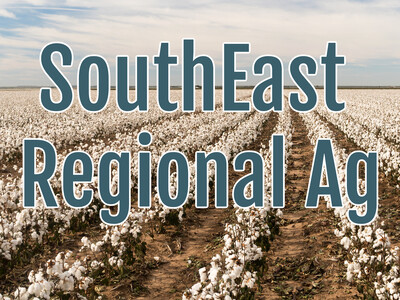USDA Announces New Steps to Enhance Organic Markets and Support Producers
Agriculture Secretary Tom Vilsack has announced that the U.S. Department of Agriculture (USDA) is taking additional steps as part of its commitment to strengthen the market for domestically grown organic goods, and to support producers seeking organic certification. These funding opportunities are part of the U.S. Department of Agriculture’s (USDA) Organic Transition Initiative, launched in fall 2022, which is a suite of offerings to help existing organic farmers and those transitioning to organic production and processing.“As USDA works to help make our nation’s food system more resilient and create more options for producers and consumers, we recognize the important role the organic industry can play in expanding opportunities for value-added agriculture, strengthening supply chains and generating revenue for farmers,” Vilsack said. “For many farmers, the transition period before attaining organic certification can be cost-prohibitive, so USDA is also helping mitigate the risk involved for farmers who want to be able to grow and market organic crops.”
Consumer demand for organically produced goods surpassed $67 billion in 2022, and multi-year trends of strong growth in the sector provide market incentives for U.S. farmers across a broad range of products. However, through public comment and listening sessions USDA has heard that producers may be less willing to commit to the three-year transition to organic certification because of risks related to inadequate organic processing, storage, and handling capacity, cost barriers due to limited markets for rotational crops, a lack of certainty about market access, and insufficient supply of certain organic ingredients. The organic livestock and processed product markets depend heavily on imported agricultural products for feed grains and key ingredients. These are longstanding market issues that were brought into sharp focus due to the impacts of the pandemic and international conflicts in critical overseas organic supply regions, resulting in limitations on certain domestic organic products in the face of rising demand. Both opportunities announced today help to address these challenges.
Organic Market Development Grants Program
Through the new Organic Market Development Grant (OMDG) Program, USDA’s Agricultural Marketing Service (AMS) will issue up to $75 million in competitive grants to non-profit organizations, tribal governments, and state and local government entities to fund projects designed to expand and improve markets for domestically produced organic products. OMDG is intended to increase the consumption of domestic agricultural commodities by aiding in the expansion of markets or development of new markets, marketing facilities, and uses for such commodities. For example, applicants may seek funding to develop and launch new consumer products using rotational grains, or invest in infrastructure like processing equipment to give producers better access to markets.
Through OMDG, AMS encourages applications that serve smaller farms and ranches, new and beginning farmers and ranchers, underserved producers, veteran producers and underserved communities.
AMS is accepting applications for the program now through July 10, 2023.
Cost Share for Organic Certification
As part of USDA’s broader effort to support organic producers and in response to stakeholder feedback, this year the Farm Service Agency increased the cost share amount under the Organic Certification Cost Share Program (OCCSP), which helps organic producers cover organic certification costs, to the maximum amount allowed by statute.
Specifically, FSA will cover up to 75% of costs associated with organic certification, up to $750 for crops, wild crops, livestock, processing/handling and state organic program fees (California only). OCCSP will cover costs incurred from Oct. 1, 2022, through Sept. 30, 2023.
FSA begins accepting applications for OCCSP Monday, May 15. Applications are due Oct. 31, 2023. To apply, producers and handlers should contact the FSA at their local USDA Service Center. As part of completing the OCCSP application, producers and handlers will need to provide documentation of their organic certification and eligible expenses. Organic producers and handlers may also apply for OCCSP through participating state departments of agriculture.
FSA is also accepting applications from state departments of agriculture to administer OCCSP. FSA will post a synopsis of the funding opportunity on grants.gov and will send more information to all eligible state departments of agriculture. Additional details can be found on the OCCSP webpage.
Other USDA Organic Assistance
These two programs build on several others offered under USDA’s Organic Transition Initiative, which range from conservation assistance to improved crop insurance options.
For example, USDA’s Natural Resources Conservation Service recently announced $75 million in assistance for conservation practices required for organic certification. AMS’ Transition to Organic Partnership Program (TOPP) builds mentorship relationships between transitioning and existing organic farmers to provide technical assistance and wrap-around support in six U.S. regions.
Additionally, as announced earlier in 2023, the Organic Dairy Marketing Assistance Program (ODMAP) will provide marketing assistance to organic dairy producers facing a unique set of challenges, such as significant increases in marketing costs, compounded by increases in feed and transportation costs and the unavailability of organic grain and forage commodities. FSA will announce program and application details soon.
More information about these initiatives and more can be found at farmers.gov/organic-transition-initiative.
USDA touches the lives of all Americans each day in so many positive ways. In the Biden-Harris administration, USDA is transforming America’s food system with a greater focus on more resilient local and regional food production, fairer markets for all producers, ensuring access to safe, healthy and nutritious food in all communities, building new markets and streams of income for farmers and producers using climate smart food and forestry practices, making historic investments in infrastructure and clean energy capabilities in rural America, and committing to equity across the Department by removing systemic barriers and building a workforce more representative of America. To learn more, visit usda.gov.
Source: USDA


